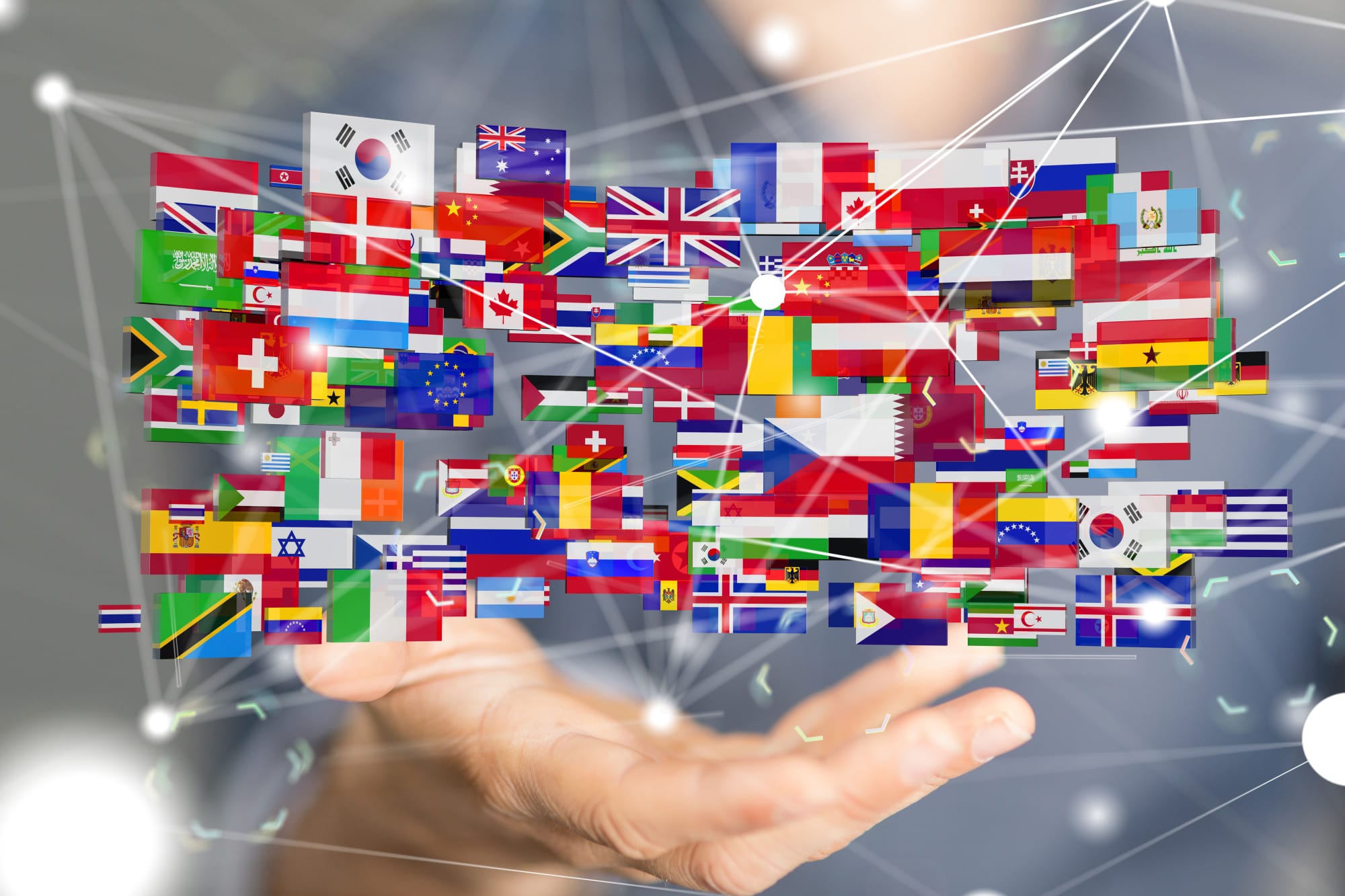The world is becoming an increasingly visual place. It’s only natural, considering that 90% of the information processed by the brain is visual. Visual information is immediate, producing an instantaneous response in the viewer and making an instant impact.
We’re producing more images than ever before, as well. Thanks to smartphones and mobile connectivity, there were 657 billion photographs taken each year as of 2014. This means that people take more photos in 2 minutes than all of the photos on Earth 150 years ago.
With so many photos being taken and uploaded from around the world, many will feature text written in any conceivable language. This creates a need to translate text from images for a wide number of applications. To do so manually would be expensive and time-consuming.
Luckily, there are tools that will translate text from images automatically. We’re going to look into some methods for how to translate text from images as quickly and painlessly as possible.
Before we begin, however, let’s start by learning what image translation is.
What Is Image Translation?
Image translation is when technology is used to translate the text from digital images or pictures of written text. This is achieved using optical character recognition, or OCR. OCR is used to extract textual data from images, which can then be translated into whatever language the user chooses.
Image translation began in earnest in 2003 with International Wireless Inc. learned how to take advantage of the improving cameras on mobile devices. It was first used to verify checks and read QR codes.
Image translation would start to assume its current form in 2004. Vodafone and Sharp released the first smartphones with 2 MP digital cameras featuring a zoom function. It also featured a built-in text scanner that could recognize up to 60 written characters. This laid the groundwork for what we now think of as image translation.
Benefits Of Image Translation
There are so many reasons you might want to translate text from an image. The first and most obvious is productivity. The ability to automatically extract written information from an image removes the need for time-consuming and expensive transcription.
Accuracy is one of the other main benefits of image translation. Humans are prone to error, getting tired and losing focus over long periods of time. Machines don’t get tired or burn out, no matter how long you let them run.
One final reason you should consider implementing image translation is the ability to quickly scan and search images. It removes the middle step of having to transcribe the text from an image, letting you search the images directly. This enables you to search images for useful information like street addresses, names, or any other textual information you might find it useful to search for.
How To Translate Text From An Image
Image translation is increasingly common in today’s interconnected, digital world. This means that there are any number of powerful tools to help you translate text from visual information. It’s easy to use and implement, as well.
The first step is finding or creating an image you want to translate. This could range from a photo of a document you want to scan to full-blown marketing materials.
The next step is to decide what image translation software you want to use. There are many excellent choices to choose from, each with their strengths and shortcomings.
The Google Translate app is a good default for image translation, so we’ll use it as our example. These principles can be applied to an image translation software. First, you’ll upload a photo you want the app to translate. This could be a photo you take with your mobile device’s camera or an external image you upload manually.
Once your image has been uploaded, simply select the text you want to be translated. Then select the language that you’re translating from. This lets the app know which character set to use to analyze your image.
Finally, select the target language you’re wanting to translate to. Languages can be detected automatically, as well, but increases the possibility of inaccuracy if the image translation app makes an error about the initial character set.
Some image translation software even replaces the text on the original image. Microsoft’s Translator Suite works just like the other image translation software we’ve mentioned. It simply overlays the translated text over the image when you’re done.
This capability has powerful implications for businesses looking to branch out into a global market. It lets you use the same marketing material for any language or culture.
Of course, different cultures are going to have different values. There are technological tools to help you make sure your marketing material performs how it should in cultures other than your own.
If you want to make sure your business or marketing materials are suitable for the audience you’re trying to reach, check out www.translatemedia.com.
Image translation software helps you to make the most of a global marketplace while avoiding many of the drawbacks. It removes unnecessary busy work, eliminating one more task from your daily to-do list. It lets you focus on creating great products or services rather than spending all of your time transcribing and creating new marketing materials.
Looking For More Digital Business Tips?
At Trending US, we bring you the latest news and all of the tools you’ll need to make the most of today’s digital world. Whether you’re looking to translate text from an image or the latest memes, we keep our fingers on the digital pulse to keep you informed and entertained!
Browse the rest of our Technology articles for even more insights into today’s quickly shifting digital world.







